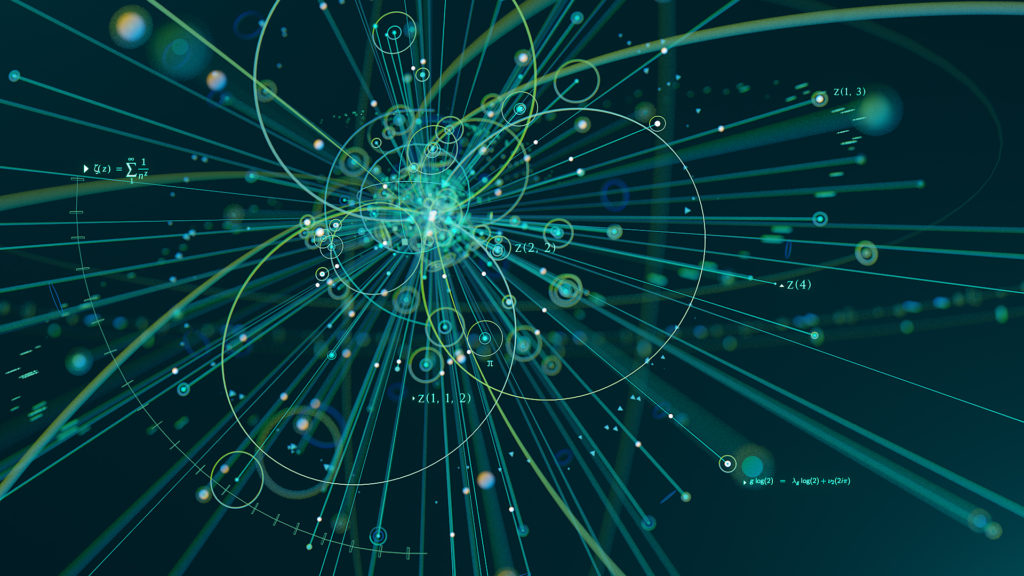It is a few years since I posted here on Lifeboat Foundation blogs, but with the news breaking recently of CERN’s plans to build the FCC [1], a new high energy collider to dwarf the groundbreaking engineering triumph that is the LHC, I feel obliged to write a few words.
The goal of the FCC is to greatly push the energy and intensity frontiers of particle colliders, with the aim of reaching collision energies of 100 TeV, in the search for new physics [2]. Below linked is a technical note I wrote & distributed last year on 100 TeV collisions (at the time referencing the proposed China supercollider [3][4]), highlighting the weakness of the White Dwarf safety argument at these energy levels, and a call for a more detailed study of the Neutron star safety argument, if to be relied on as a solitary astrophysical assurance. The argument applies equally to the FCC of course:
The Next Great Supercollider — Beyond the LHC : https://environmental-safety.webs.com/TechnicalNote-EnvSA03.pdf
The LSAG, and others including myself, have already written on the topic of astrophysical assurances at length before. The impact of CR on Neutron stars is the most compelling of those assurances with respect to new higher energy colliders (other analogies such as White Dwarf capture based assurances don’t hold up quite as well at higher energy levels). CERN will undoubtedly publish a new paper on such astrophysical assurances as part of the FCC development process, though would one anticipate it sooner rather than later, to lay to rest concerns of outsider-debate incubating to a larger audience?
Hope springs eternal. Hearing that folk from China’s IHEP were later in contact with the LSAG on this specific issue, one infers due diligence is in mind, albeit seemingly in retrospect again, on the premise that as CERN take up the baton, significant progress in collecting further input for the overall assessment (eg from cosmic rays, direct astrophysical observations, etc) is expected in the ~20 years timescale of development.
Meanwhile those of us keen on new science frontiers, and large scale engineering projects, have exciting times ahead yet again with a new CERN flagship.
[1] Cern draws up plans for machine four times the size of Large Hadron Collider https://www.theguardian.com/science/2019/jan/15/cern-draws-up-plans-for-collider-four-times-the-size-of-large-hadron
[2] The Future Circular Collider Study (FCC) at CERN https://home.cern/science/accelerators/future-circular-collider
[3] The next super-collider, The Economist, 2018. https://www.economist.com/leaders/2018/01/11/the-next-super-collider-should-be-built-in-china
[4] Reflecting on China’s Ambition to Build the World’s Most Powerful Supercollider, Existential Risk/Opportunity Singularity Management, 2015. http://www.global-risk-sig.org/erosmB9F.pdf
[5] The Next Great Supercollider — Beyond the LHC : https://environmental-safety.webs.com/TechnicalNote-EnvSA03.pdf
[6] Progress in Seeking a More Thorough Safety Analysis for China’s Supercollider http://www.global-risk-sig.org/EROSM7Ui.pdf

